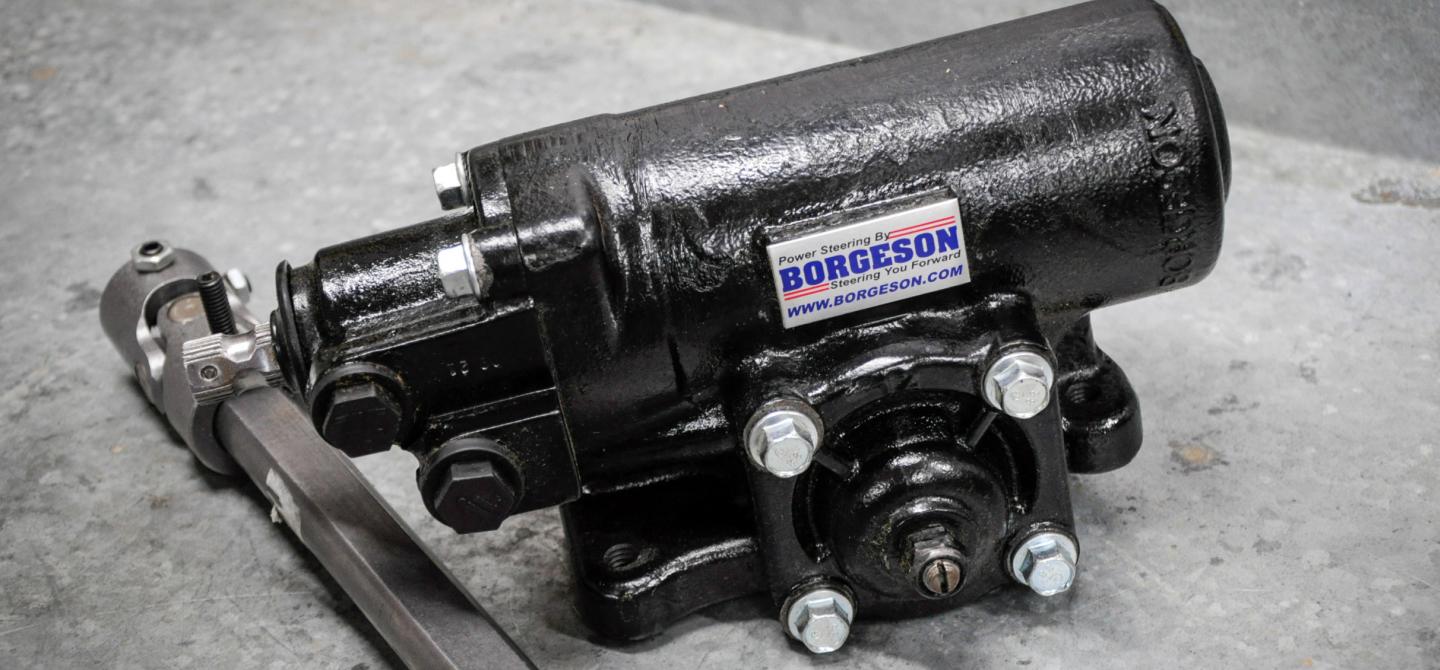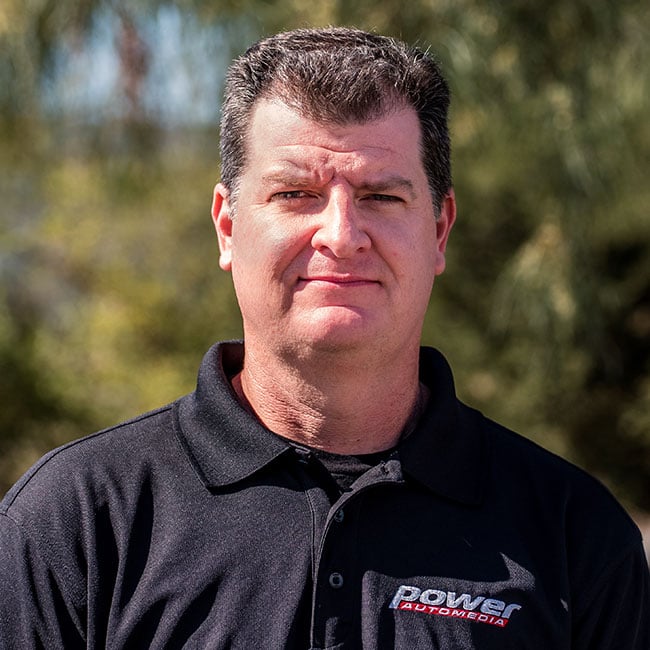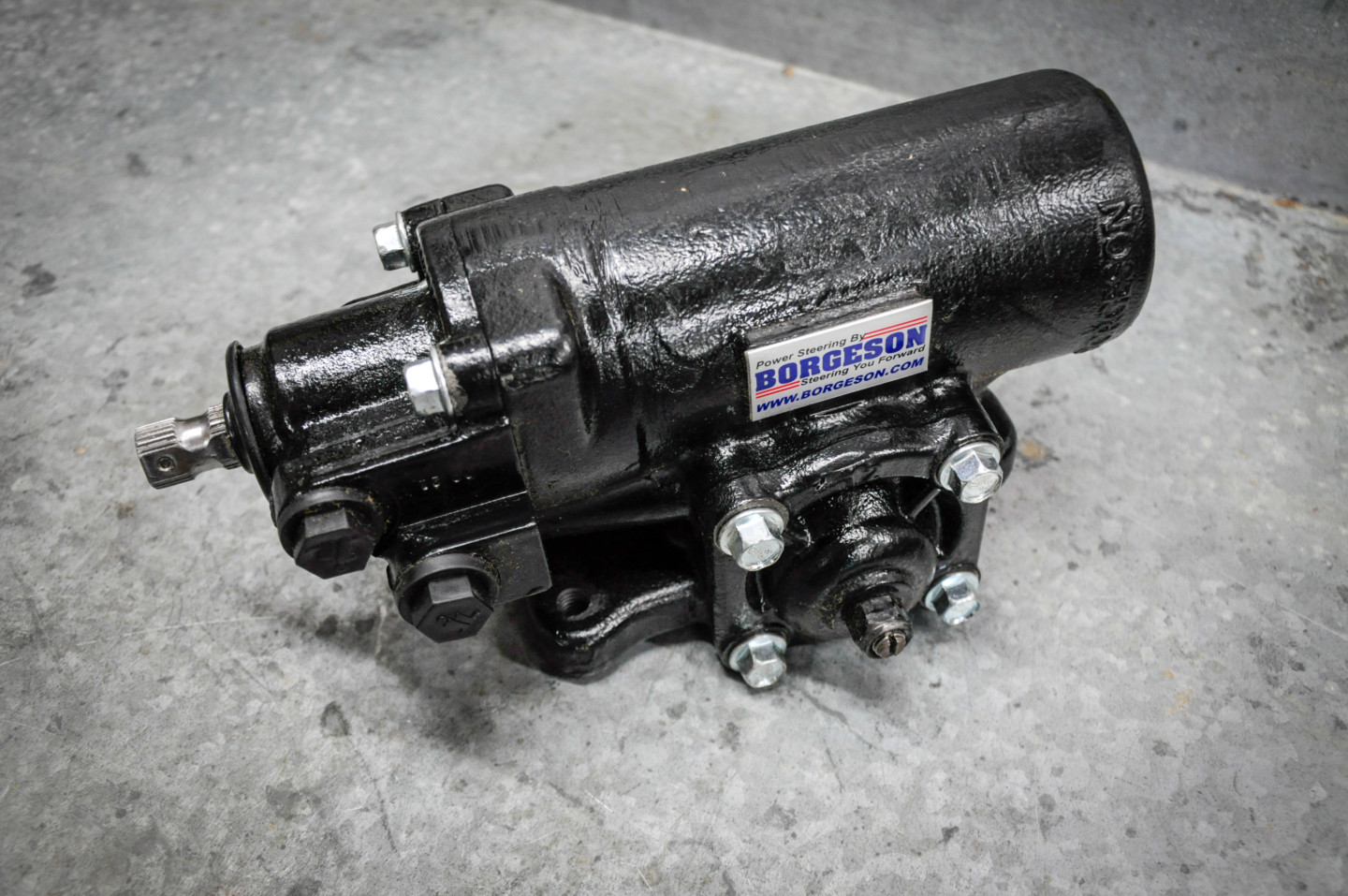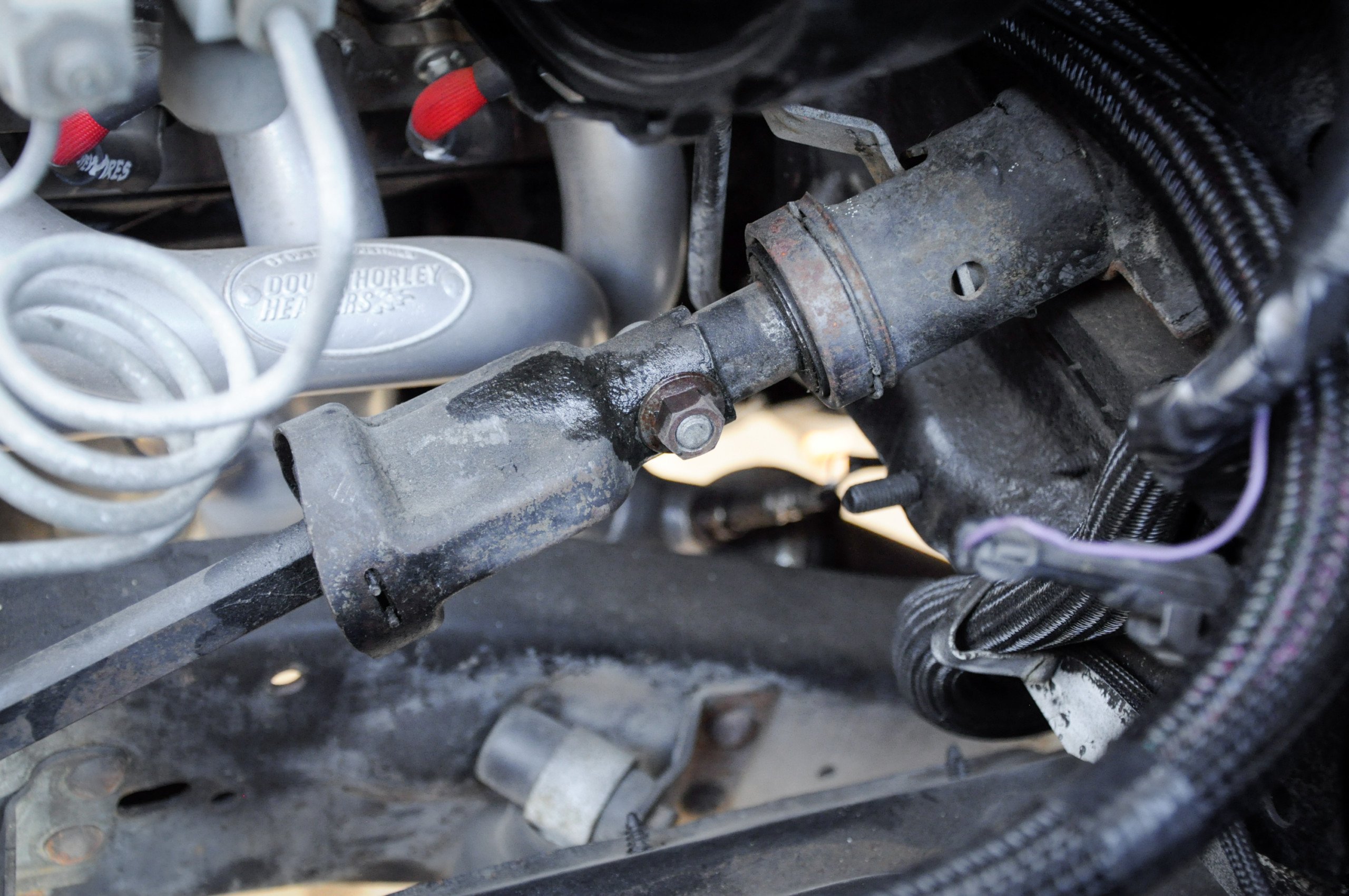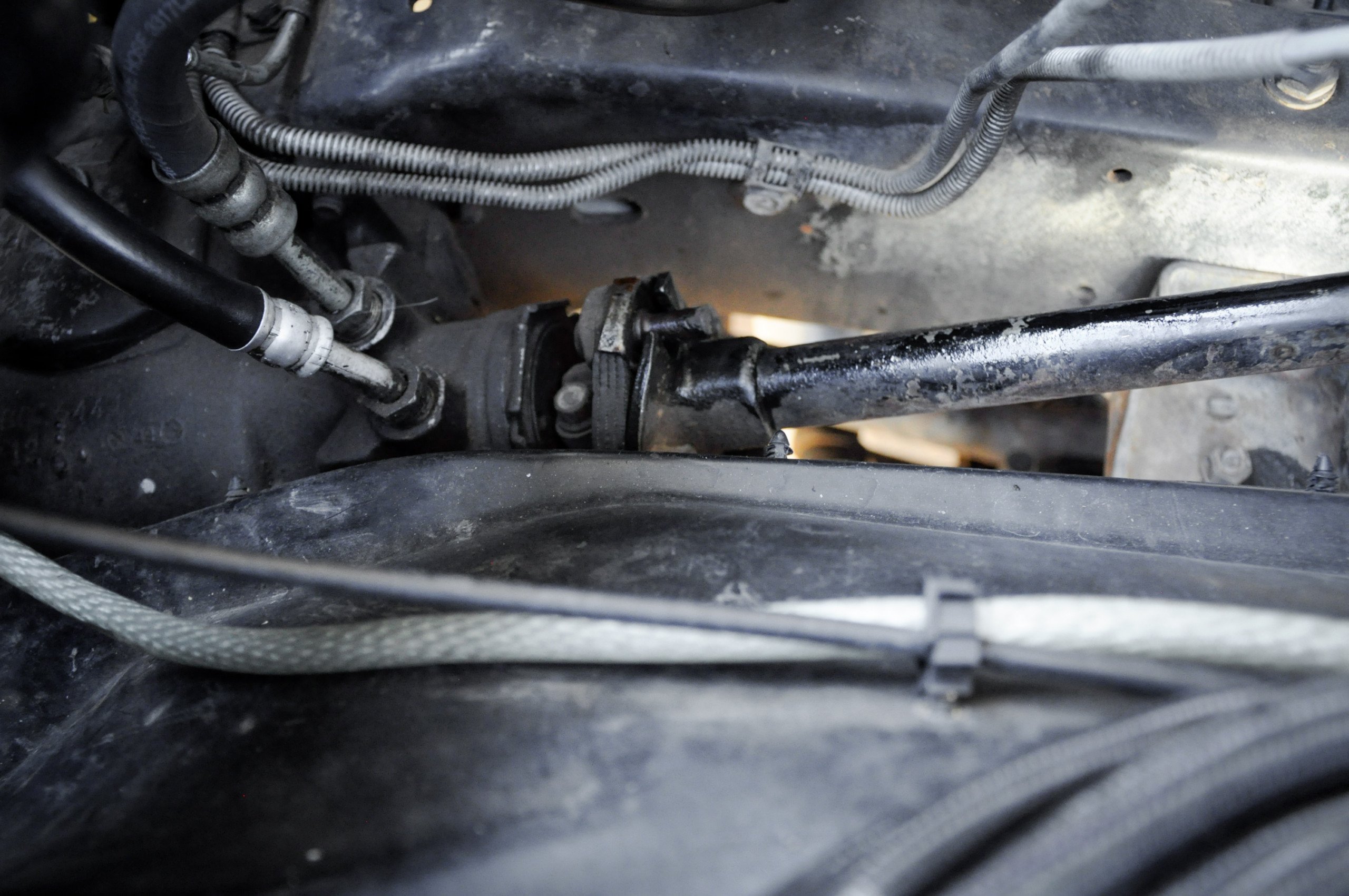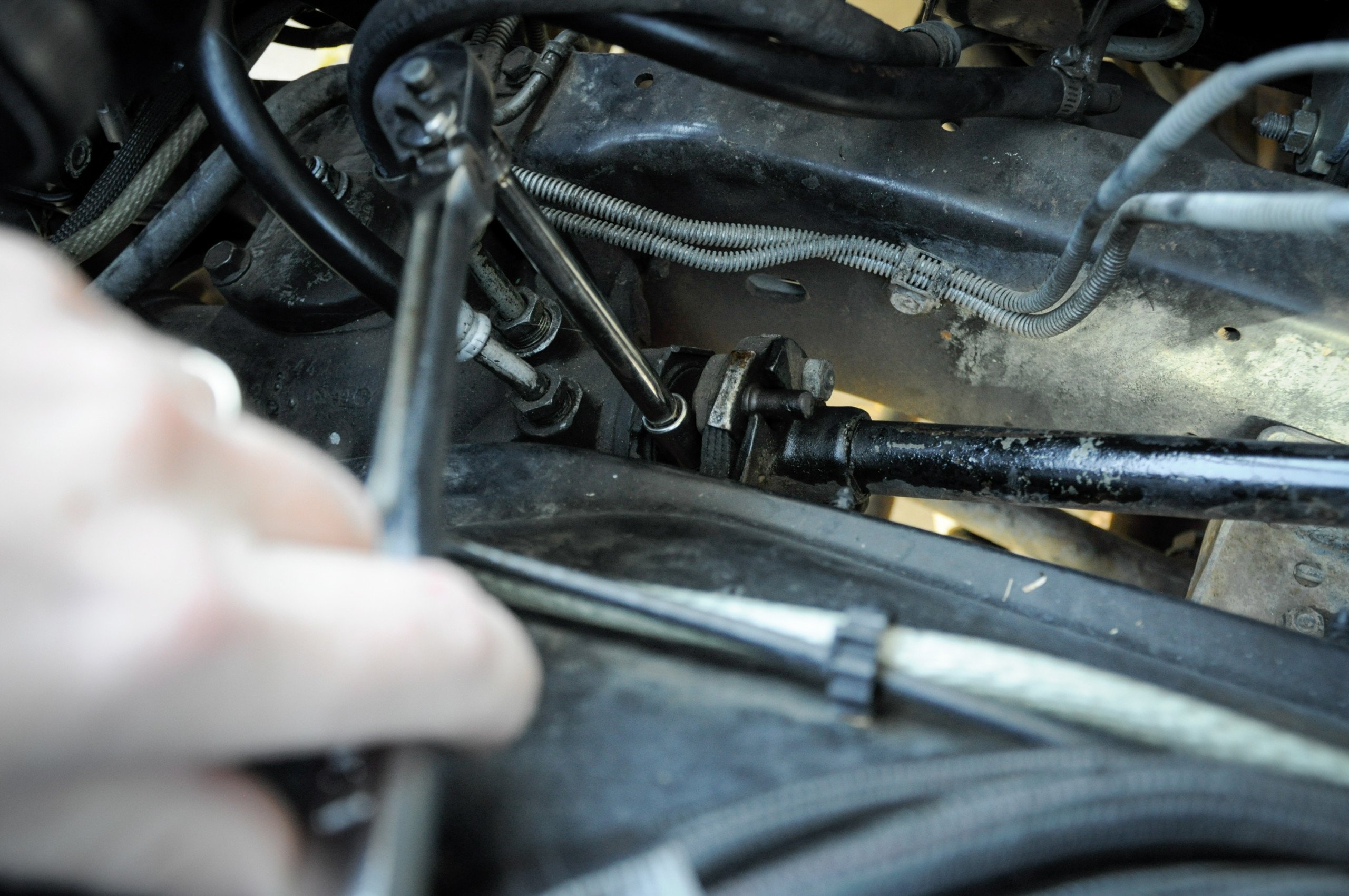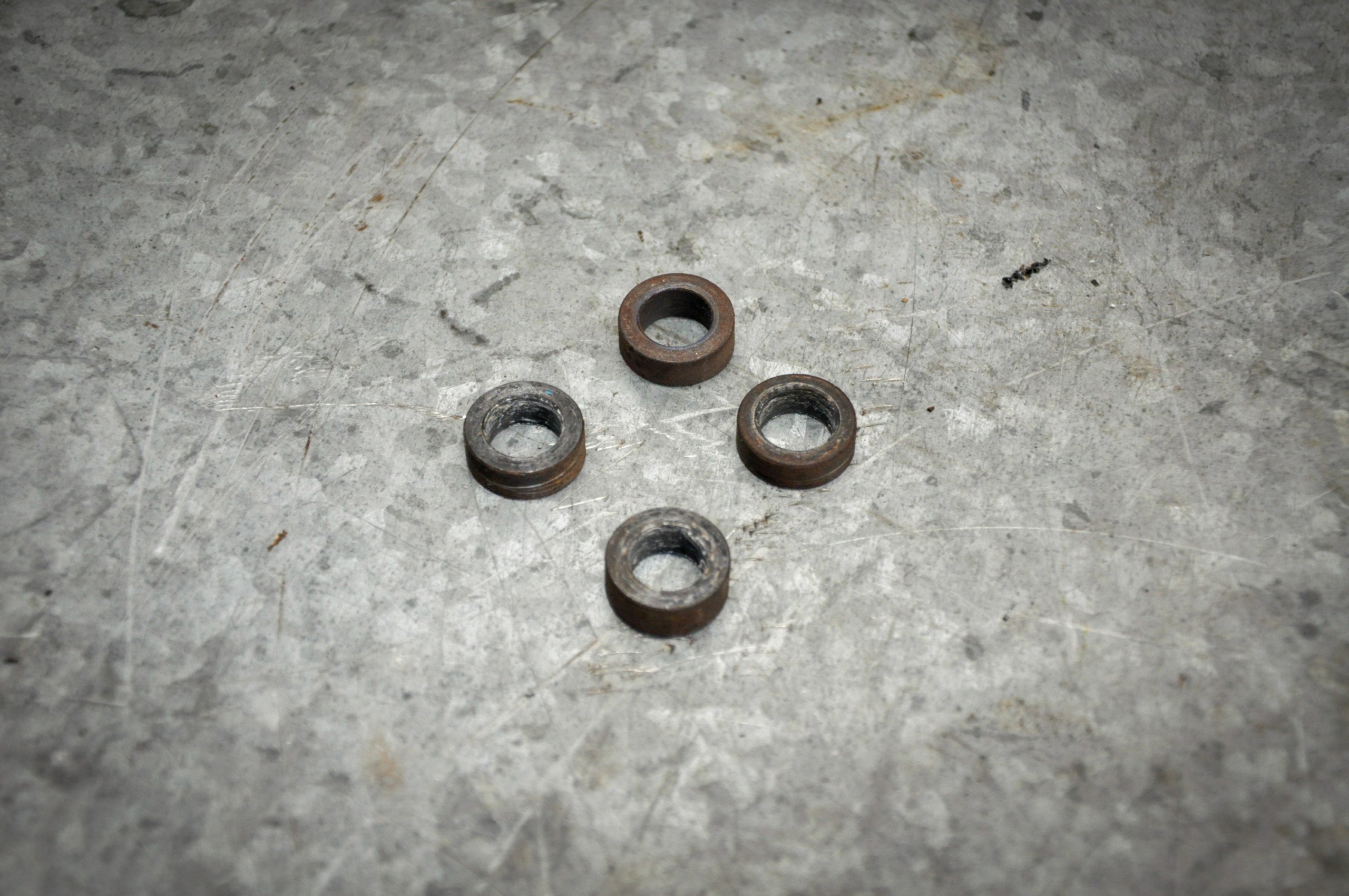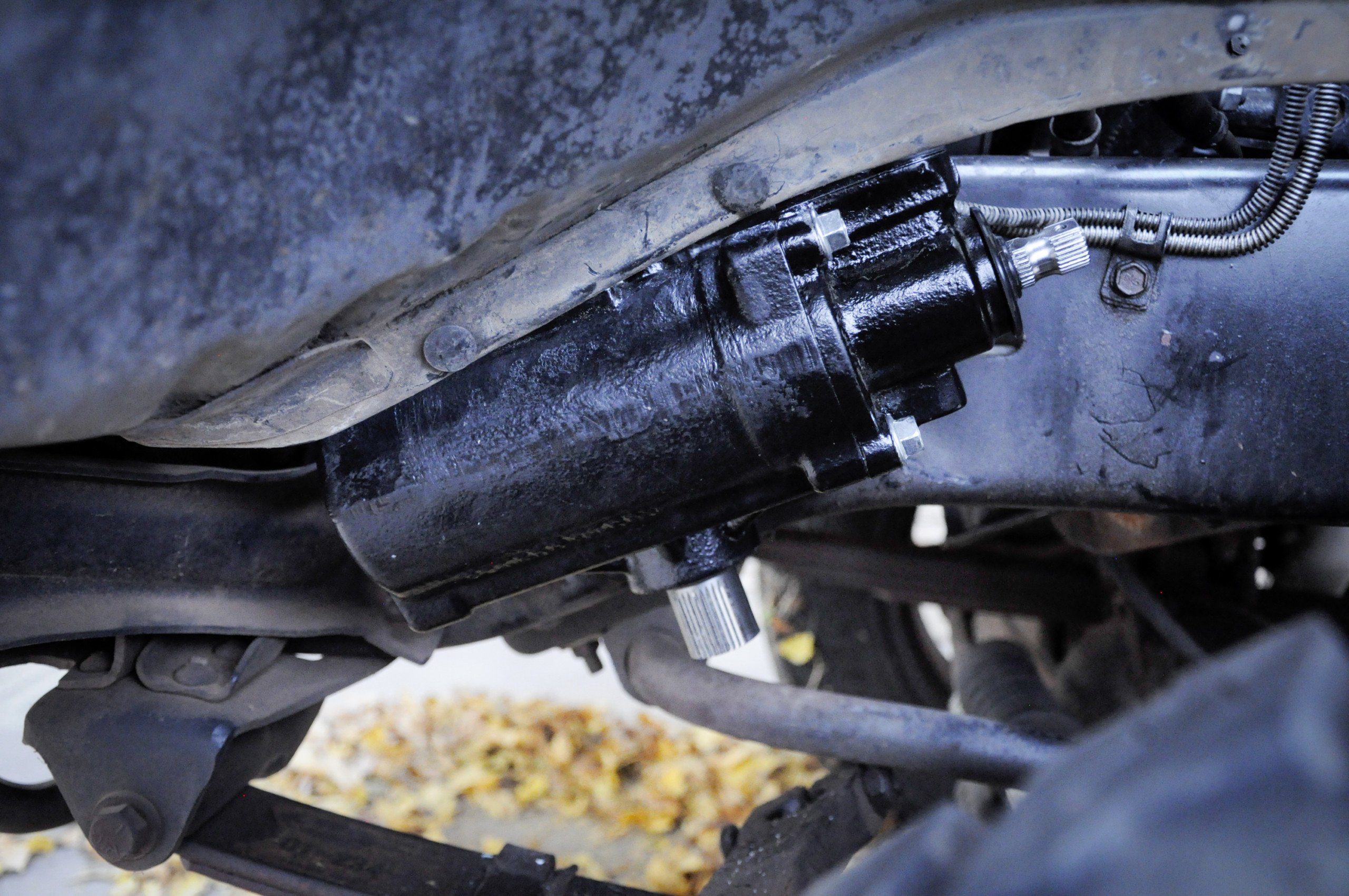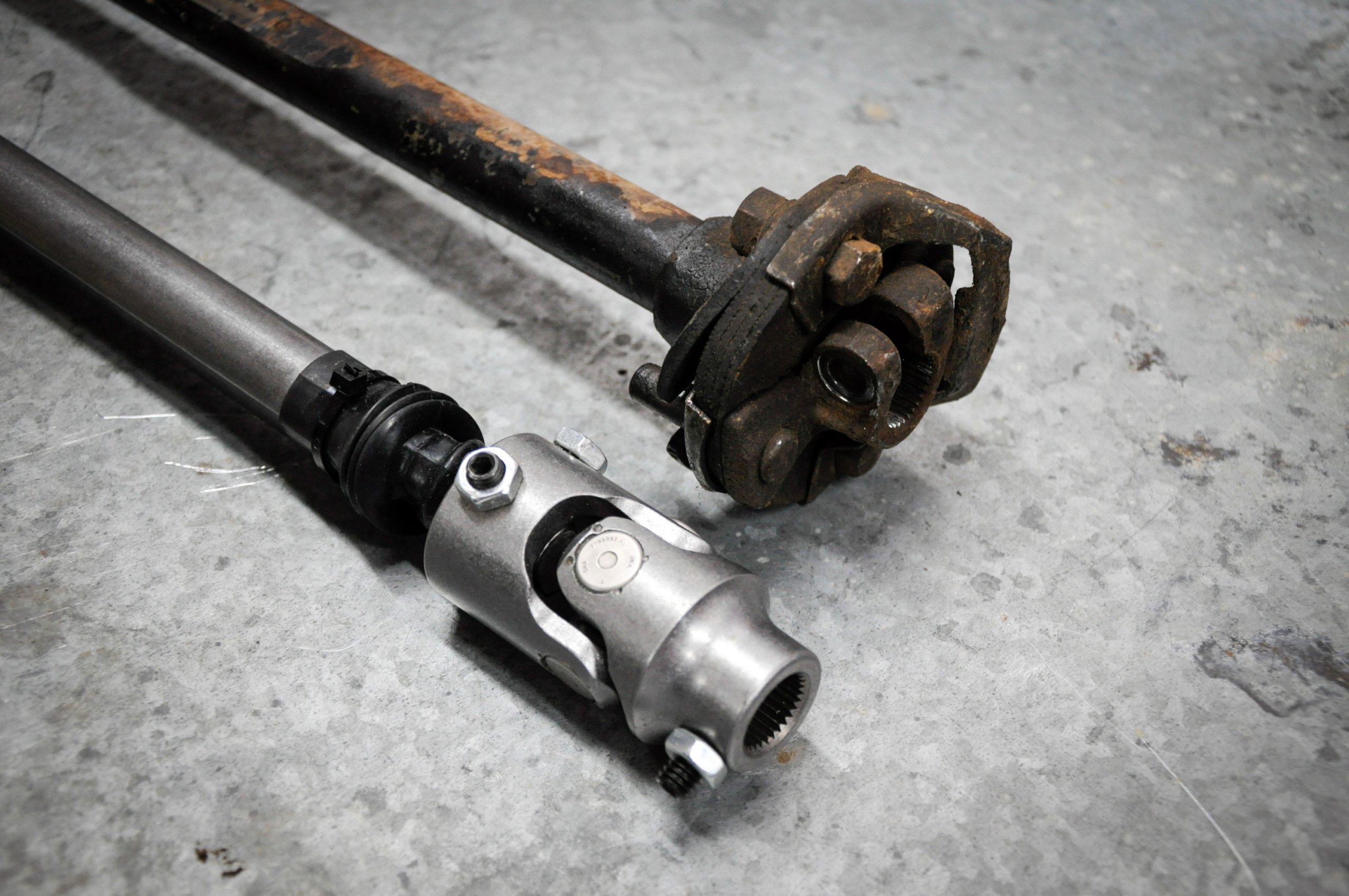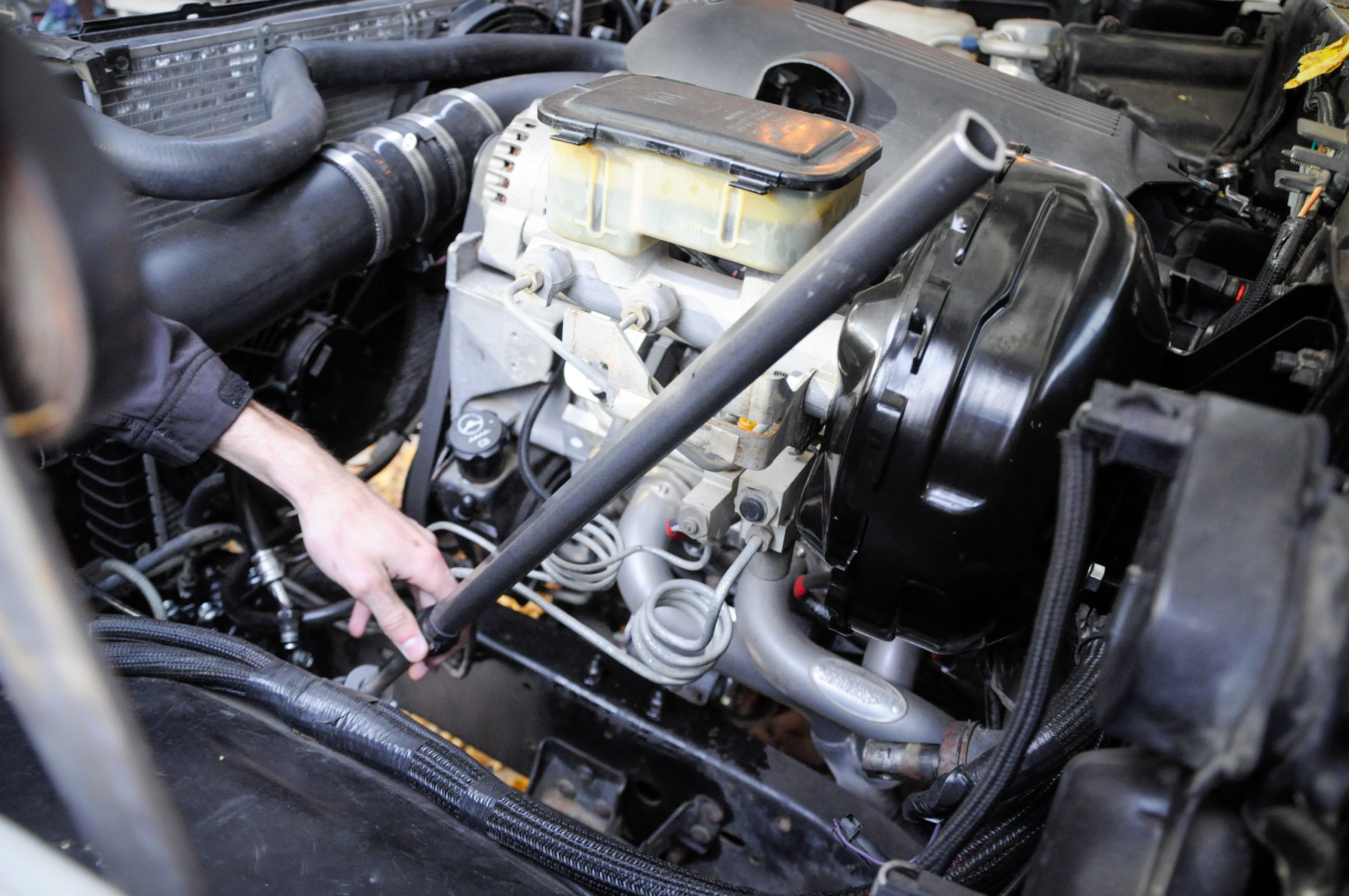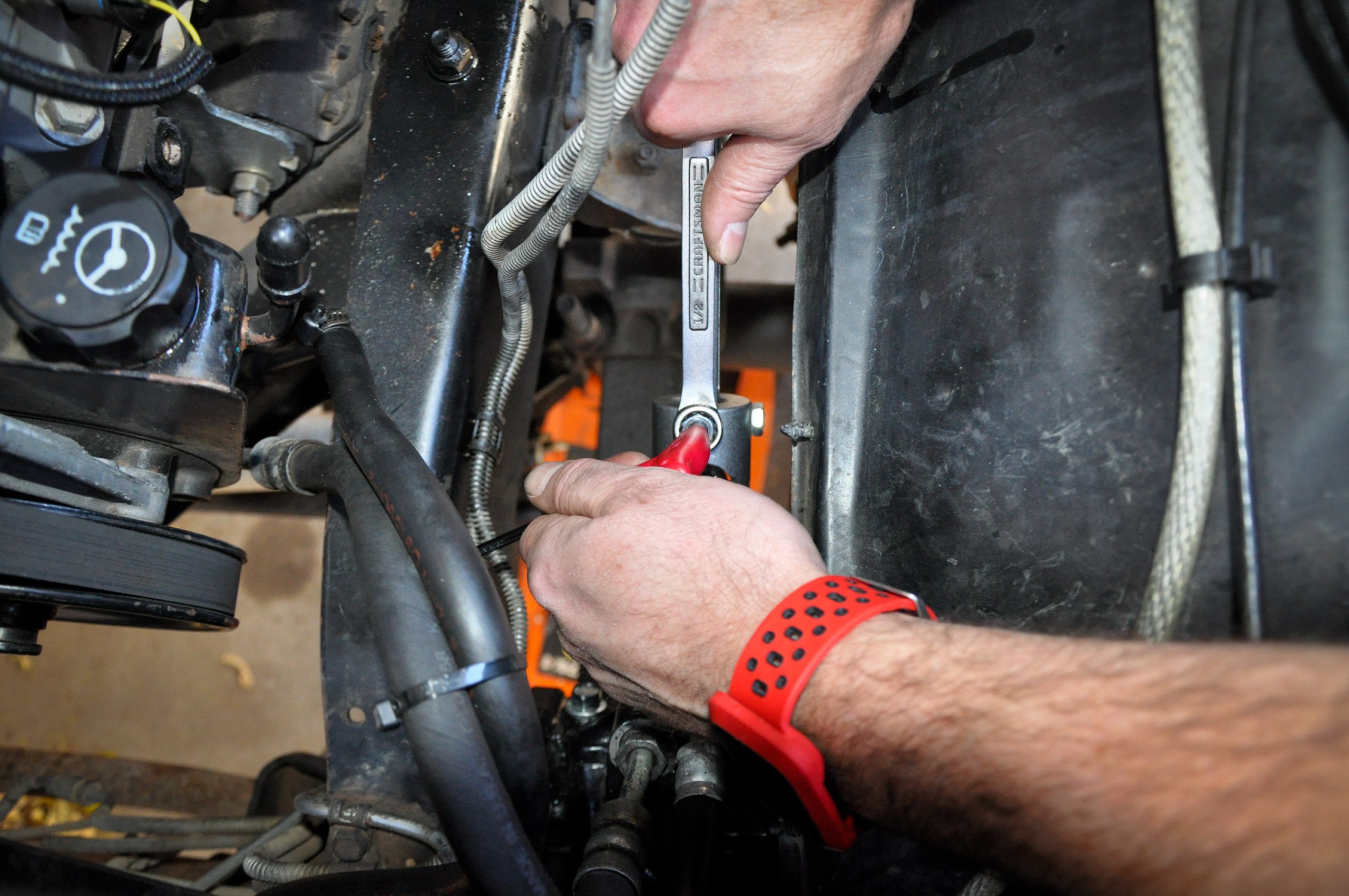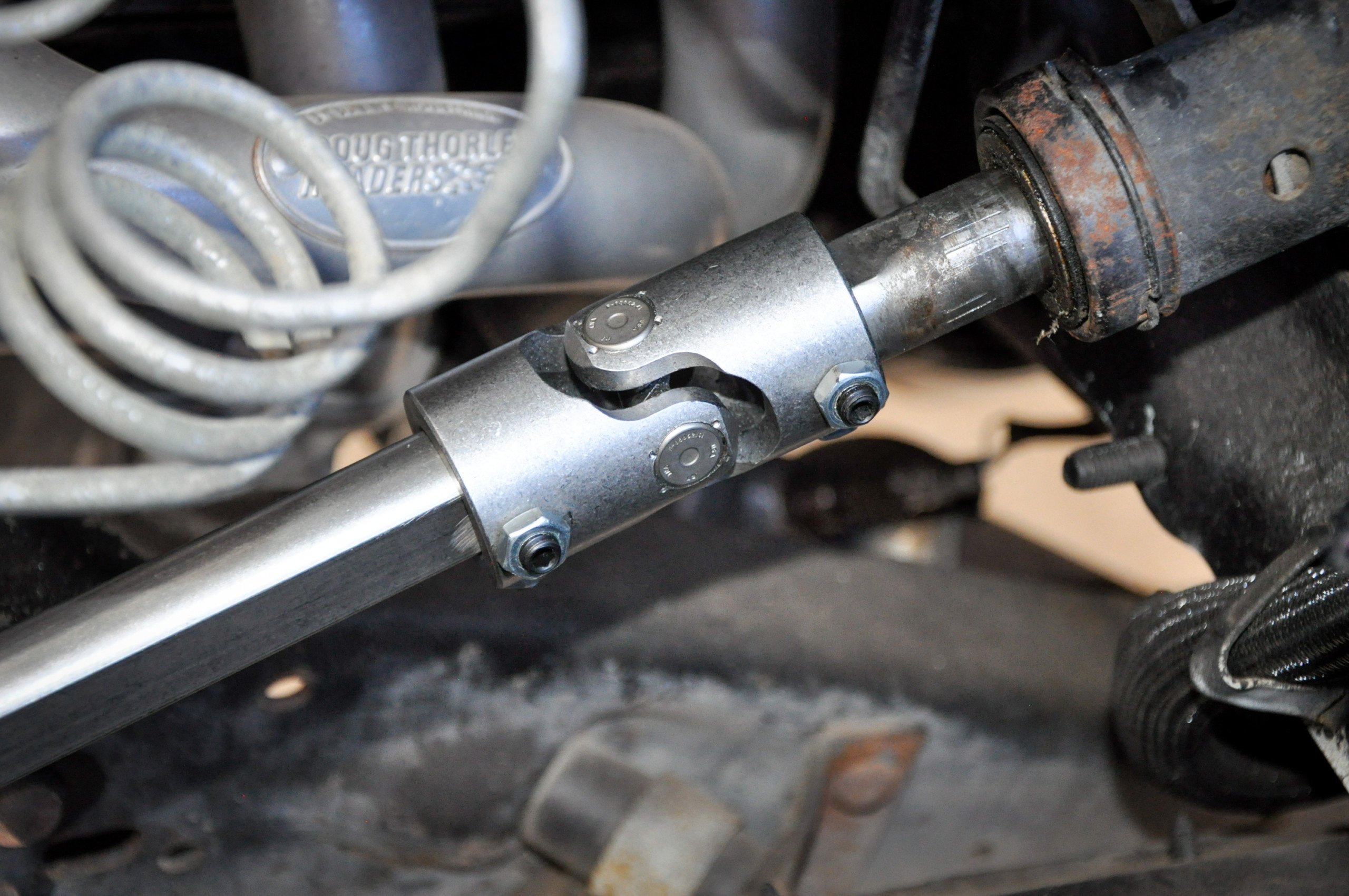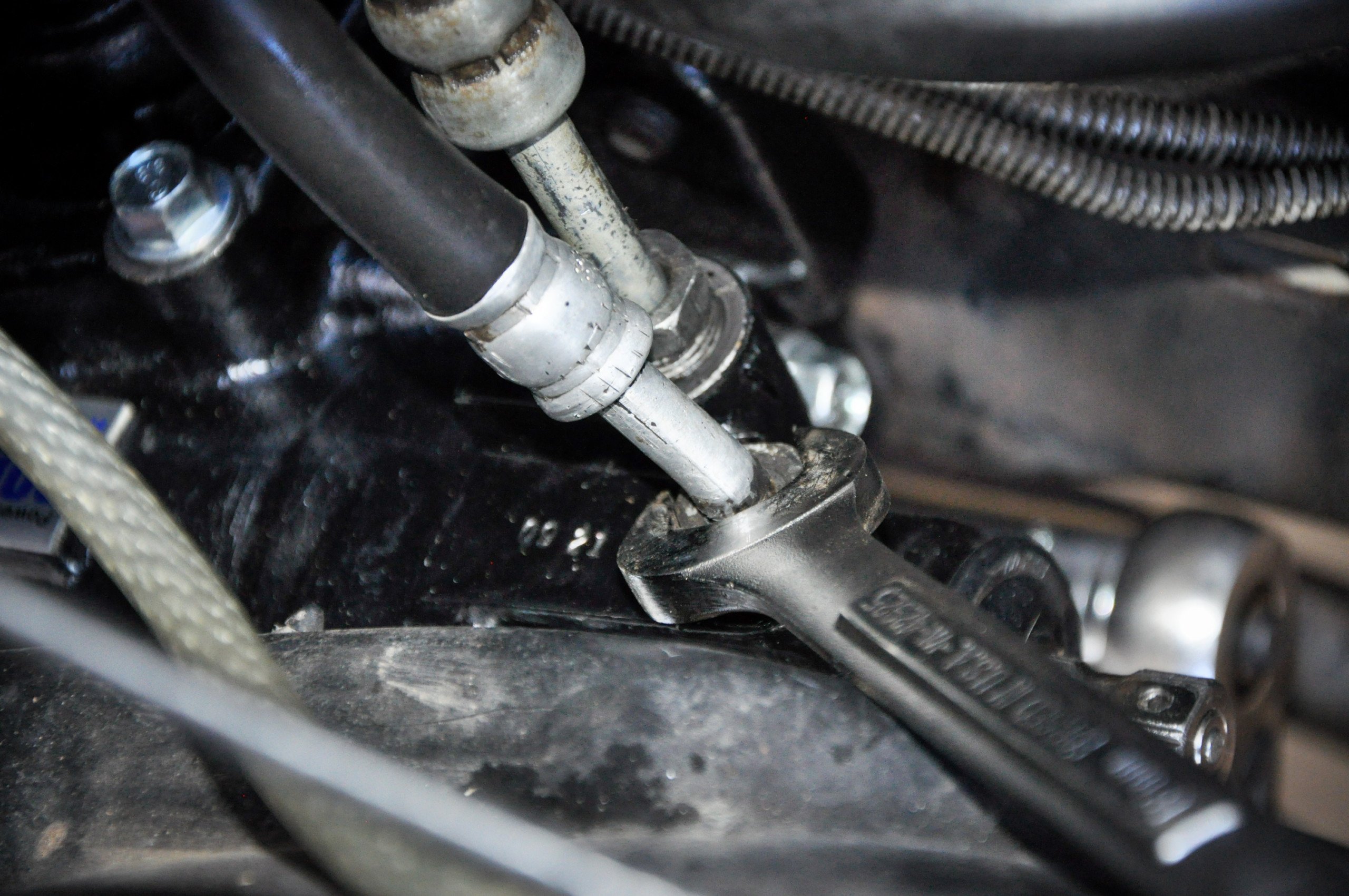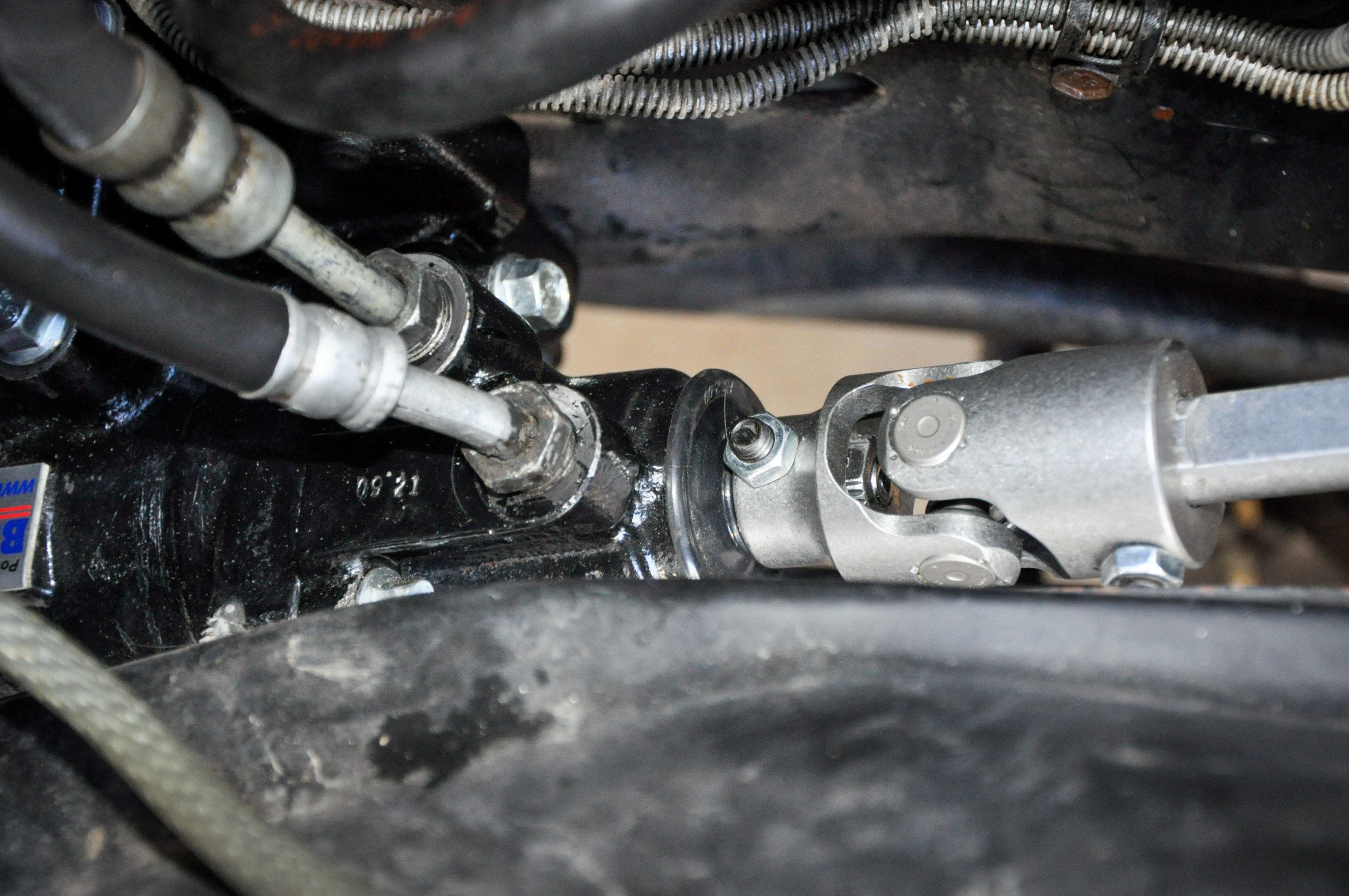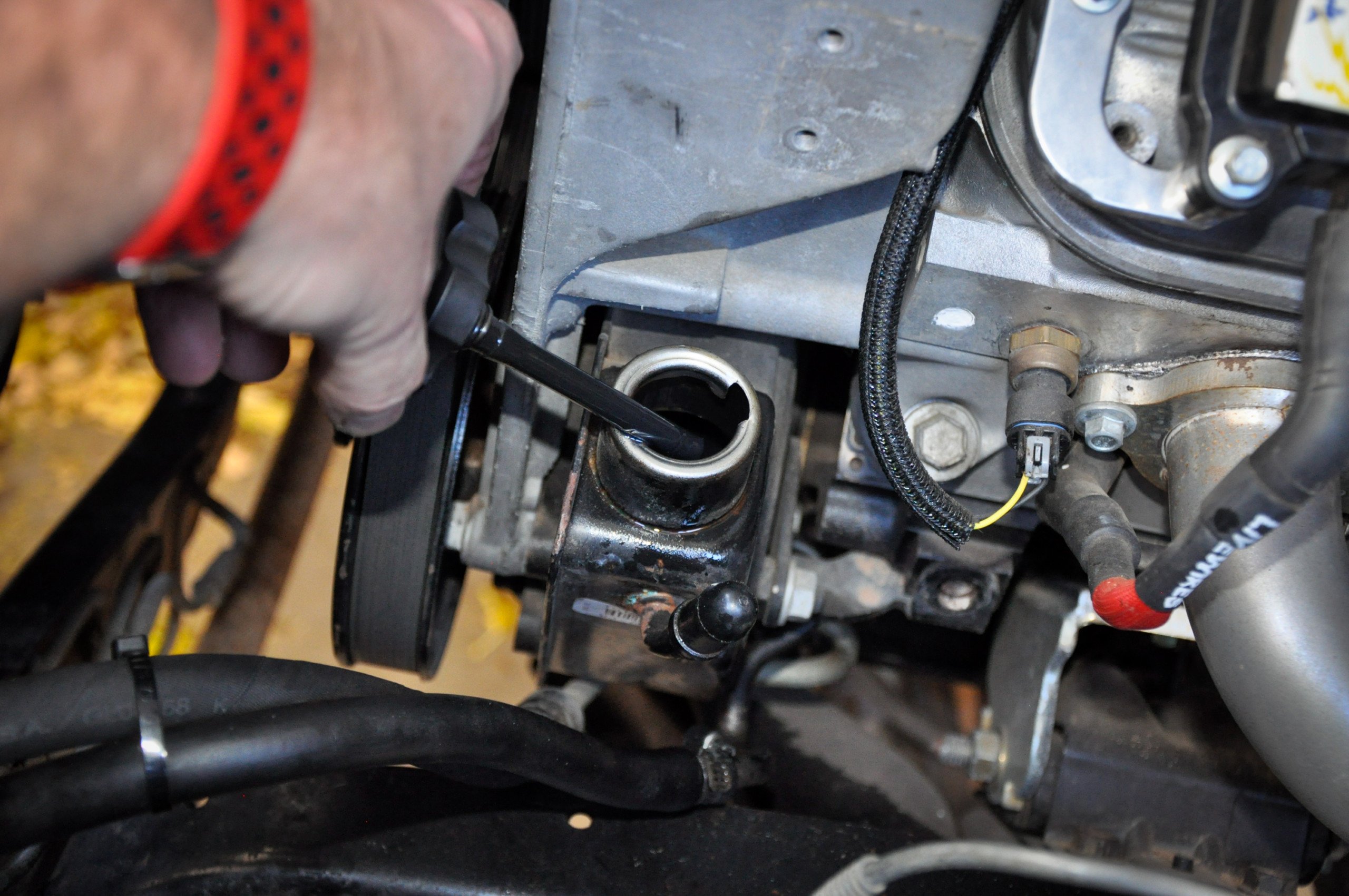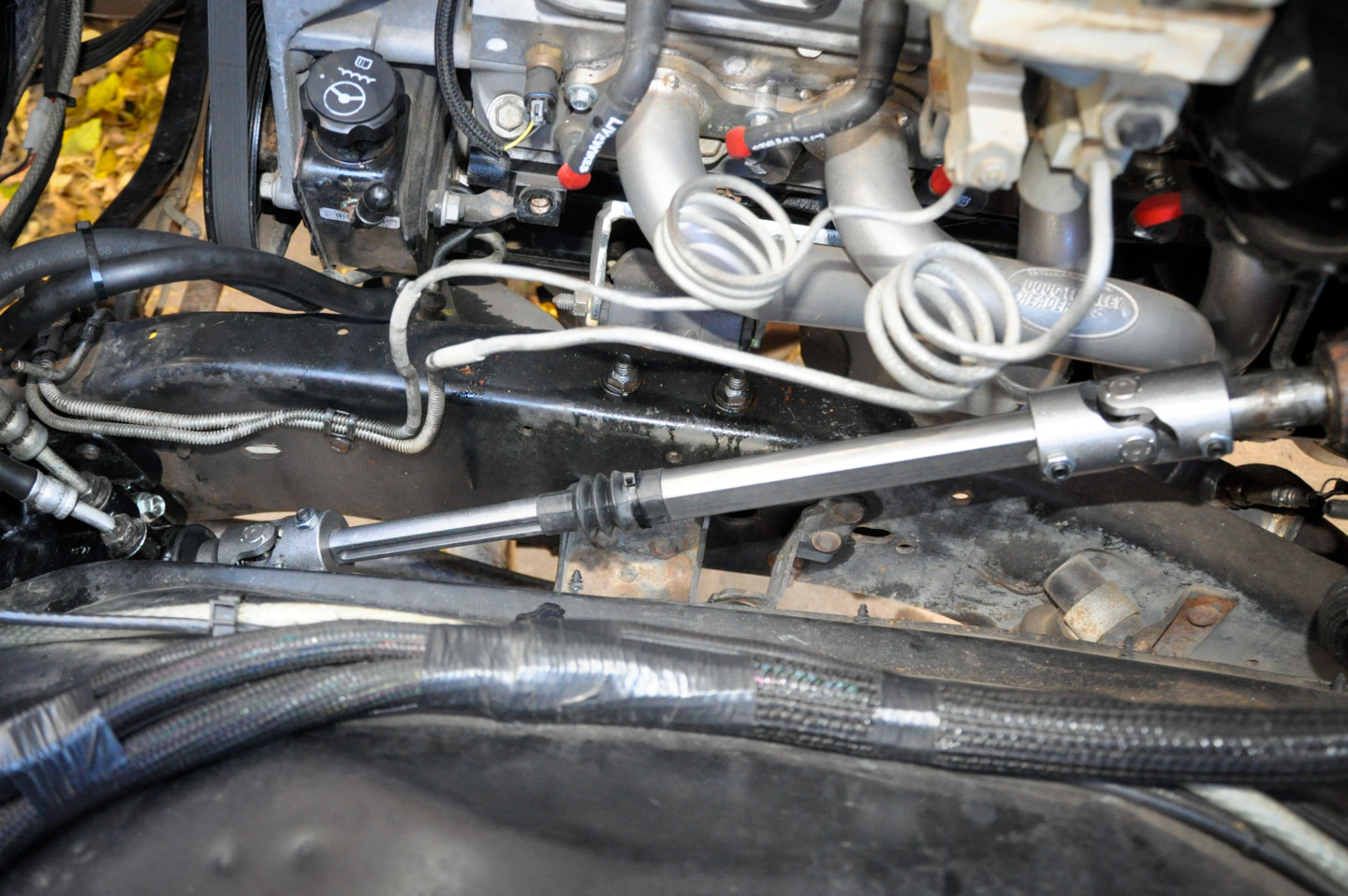When driving a classic vehicle, play in the steering might be seen as a common occurrence. After all, these vehicles are old, and their steering systems are not as sophisticated or advanced as they are today. And while it might be considered normal to have some play in an older model car or truck, it doesn’t have to be that way. In most cases, a new steering box installation will give an older vehicle a modern feel and is a worthwhile modification that can be done with simple hand tools in just an hour or two.
Over the past year, we’ve been diligently working to improve the roadworthiness of our 1991 Suburban project dubbed the ‘Burb. Currently, this vehicle has a 5.3-liter LS swap complete with a 4L80-E transmission and a modern set of 20-inch Mickey Thompson tires and Weld wheels. And while the drivetrain is solid, the steering needs some work. It’s very much like driving a boat, as you will point the massive truck in the direction you want it to go and ride the waves until it gets there. Constantly sawing at the wheel is not only annoying, but it’s also dangerous.
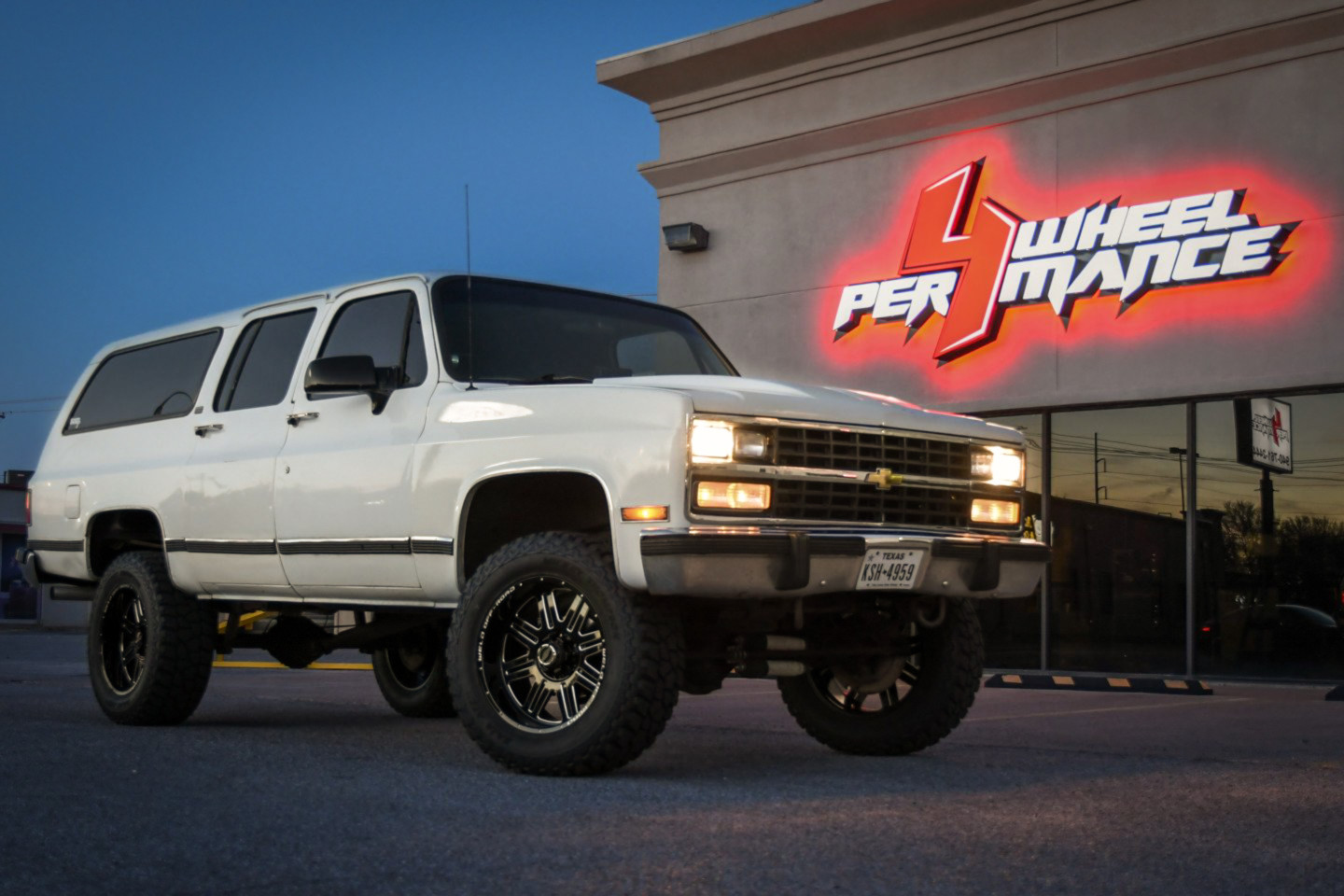
The ‘Burb has been transformed into a great daily driver with the addition of a modern LS-powerplant, transmission, and tires and wheels. But now it’s time to tackle the steering box for added handling.
At first, we were unsure where our steering problem originated. Obviously, there was slack in the system, so we checked all the ball joints and steering gear that tend to wear. With nothing out of the norm, it looked like our problem was in the steering box. But how do you know when you need to replace the steering box?
We reached out to Jeff Grantmeyer of Borgeson to get his professional answer to this question.
To Replace Or Rebuild
“Steering box replacement can be about the necessity or desire to upgrade. If your old box has unacceptable free play that cannot be adjusted, it is time for a new box,” Grantmeyer explains. “Additionally, an old box will spring a leak or two sooner or later, requiring either a reseal or a complete rebuild of the box. Sure, you can fix it, but you may spend more time chasing leaks than it’s worth.”
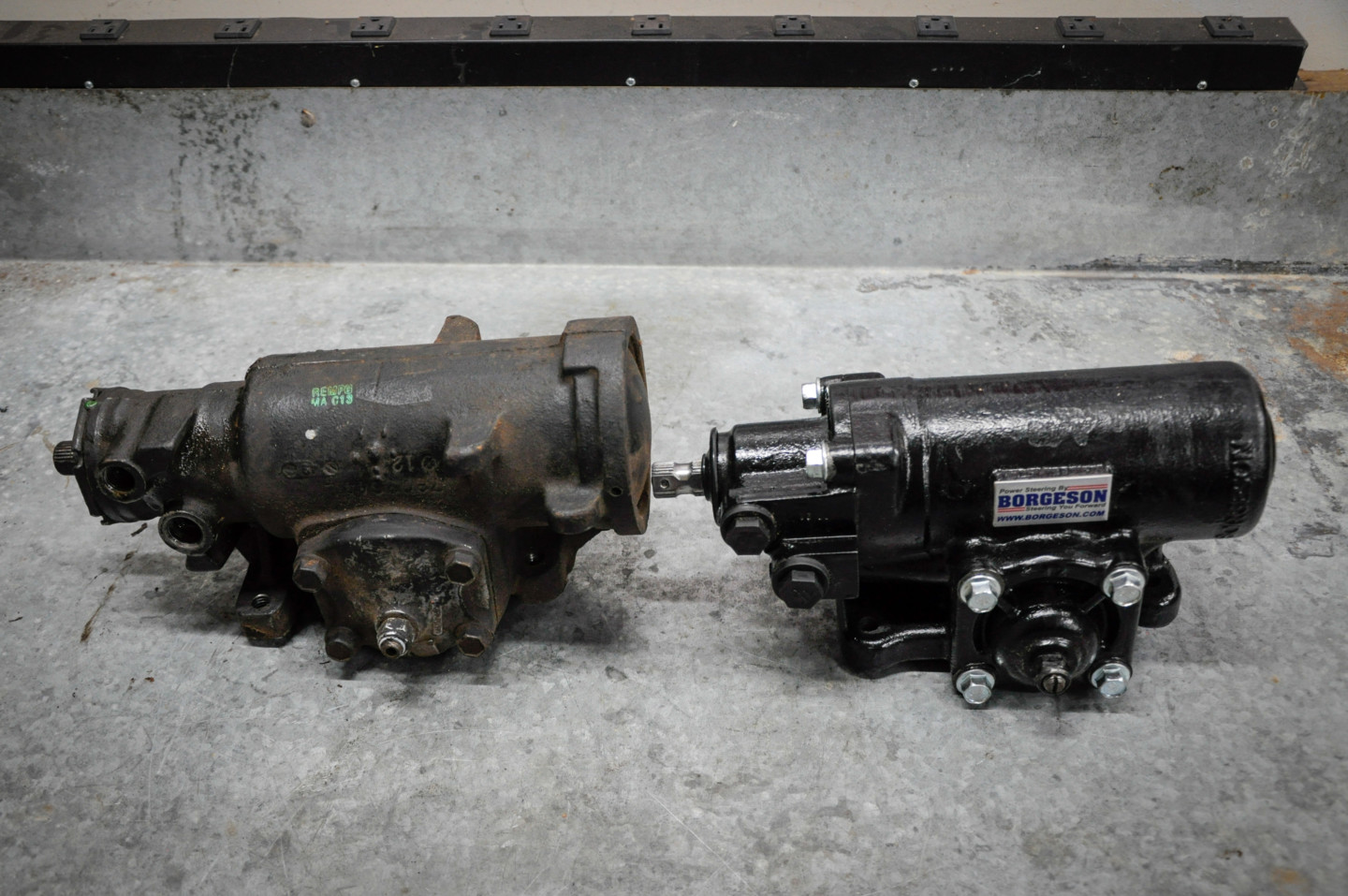
Borgeson’s steering box on the right is compatible with 1967-86 Chevy / GMC K-Series and 1987-91 Chevy / GMC V-Series trucks. It will add modern steering feel with a quick 12:1 ratio for your classic.
However, a worn-out box is not the only reason to consider a replacement. Grantmeyer says, “The other reason to replace a steering box is for an upgrade. The old boxes had very open ratios with several turns lock to lock and a very light steering effort. Switching to our modern street and performance box upgrades the vehicle to a modern, quick ratio with fewer turns lock to lock and better steering feel.”
Adjusting The Lash
Before ordering a new steering box, we decided to adjust the steering lash to see if we could improve, which we did, but not enough for our liking. And changing the steering box lash is not a great idea, according to Grantmeyer. “Adjusting the lash on an original box while it is on the vehicle is a hit or miss type of adjustment. The proper way to do this is on a bench with the correct inch-pound torque wrenches to set first the worm preload and finally the over-center preload. However, when done on the vehicle, you run the chance of over-adjusting the box to get every last bit of play out. In addition, an over-adjusted box can accelerate the wear by forcing the gears past each other with more effort than intended.”
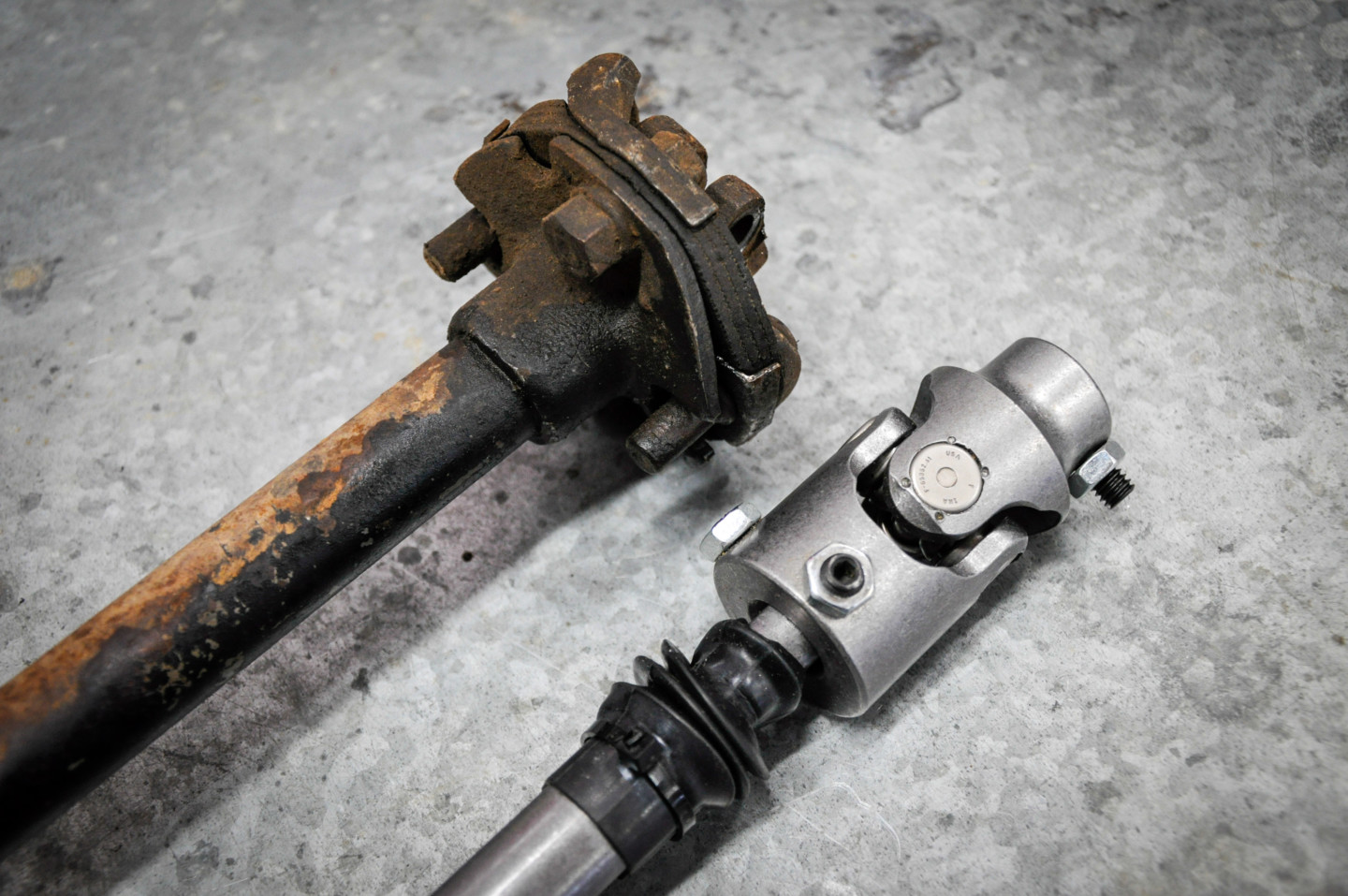
The rag joint in our old Chevy has seen better days as you can see. The Borgeson unit is robust and will eliminate and slop due to the old joint.
After extinguishing all of our options, it was time to order a new steering box (PN: 800133) from Borgeson. We also purchased a new steering shaft (PN: 000935) that is a considerably better-built part than the factory GM unit with the rubber rag joint, which was worn out after further inspection.
Borgeson 800133 Steering Box Specs:
- 1967-86 Chevy / GMC K-Series Trucks
- 1987-91 Chevy / GMC V-Series Trucks
- Modern Steering Feel with Quick 12:1 Ratio
- Handles up to 4,400-pound Front Axle Weight
- 860 ft-lb. Maximum Output Torque
- Compatible with Flare or O-ring style Hoses
- Three Year Warranty, Assembled and Tested in the USA
Installation
With the Borgeson steering box and shaft in hand, we went to work on the ‘Burb by removing the factory pieces. Removing the OEM box is simple, as it’s only four bolts and spacers. Steering shaft removal was more challenging, as the part had never been removed since the vehicle was built, but with some lubricant and persuasion from a screwdriver, it finally slid off with little effort.
Removing the factory steering shaft was the most challenging part since the unit was original and rusty.
We decided to mount the new Borgeson steering box to the frame to measure for the new steering shaft, which needs to be cut to length. However, as we started the bolts on the steering box, we noticed a problem: the new box would not sit flush against the frame. However, this is a common problem, as the frames can differ depending on the year of the truck. To fix this issue, we had a couple of options: we could either modify the frame to accept the new box, or space it out enough to work. Since the bolts already had one-inch spacers, we decided to machine a 1/4-inch off the spacers and utilize them between the frame and the box, giving us the room we needed for clearance. And since the spacers were still technically the same length, we could reuse the original hardware.
Since our frame was a little different, common among these trucks, we made 1/4-inch spacers to slightly move the steering box out so it would sit flush.
With the steering box mounted and the pitman arm adjusted a hair to compensate for the spacers, we started on the steering shaft. The shaft is long and must be cut to get a suitable measurement. It’s always better to measure twice and cut once in these situations than to cut off more than needed. After being happy with the length we needed, we made our final cut before mocking up the shaft. The next step was to drill out the steering column to accept the set screw. Finally, we tightened down all of the set screws and backup nuts, securing them with red Loctite.
With the steering box in place, we then moved our attention to the steering shaft which will need to be cut to length for proper fitment.
Flushing The System
It was time to address the power steering pump with the new steering system installed. Most of the old power steering fluid had drained out after we uninstalled the OEM box, but you want to make sure you get all of it out. Grantmeyer says, “Flushing the pump and hoses when replacing the box ensures that no contamination from the existing pump or hoses finds its way into the new steering box. This process is essential because the steering box valve has some tiny orifices, and it doesn’t take much debris to cause problems. It’s always cheap insurance to clean the system out and flush it with new fresh fluid to remove debris or contaminants that may exist.” So we did just that and cleaned out the system after removing the old power steering fluid.
We bled the system before reconnecting the hoses on the steering box. Then we filled up the power steering pump and primed the steering system.
When it comes time to fill the power steering pump reservoir, Borgeson recommends a standard non-synthetic GM power steering fluid. “Some synthetic fluids are just too thin for the seals used in the boxes and pumps. We have had issues with some brands in the past,” Grantmeyer explains. So, we filled the power steering reservoir with a non-synthetic fluid recommended for GM steering pumps. Next, we primed the pump since the box and hoses were empty. Next, we unhooked the coil packs and spun the engine over to do this. As the fluid goes down, you will add more to the reservoir. Finally, when the fluid stopped going down, we hooked the coil packs back up and fired the engine. We cycled the steering wheel back and forth, running the engine while motoring the fluid level. Then, when the air was out of the system, it was time to go for a test drive. But first, we went back and checked all of the nuts and bolts to make sure everything was tight.
The Test Drive
Once we got the ‘Burb rolling, we immediately noticed a difference with the Borgeson steering box even at low speeds. But it was when we got on the highway the new steering system really shined. There was no more sawing at the wheel as the old truck was finally reacting as it should with steering input.
If you have an older vehicle, we highly recommend swapping out the steering box. With just a couple of hours of work, our Suburban drives like a completely different vehicle, and one that’s enjoyable. It’s much more precise in the corners and with lane changes in traffic. It’s a minimal investment for safety and peace of mind.


